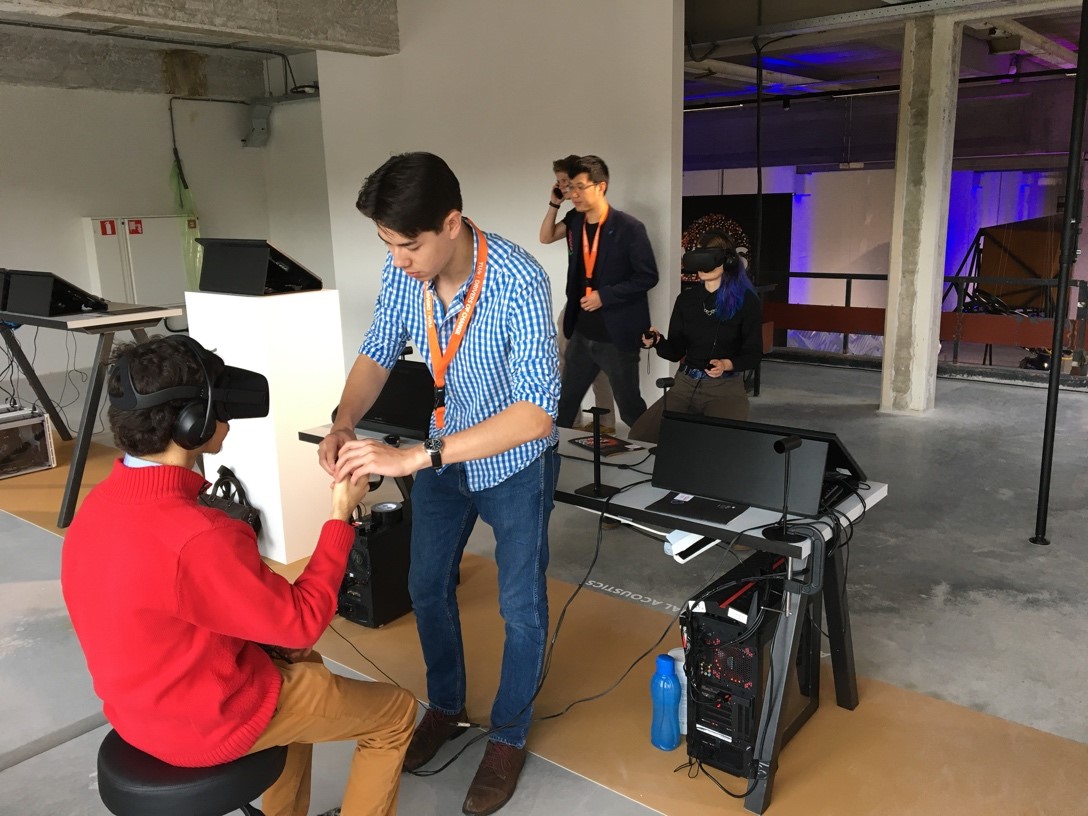Summary of the project
This project has been developing Acoustic Virtual Reality (AVR) as a tool for evaluating noise and sound in indoor and outdoor spaces for educational purposes. It has been building upon existing research in the Building Acoustics group, adapting the state-of-the-art AVR technology for use in challenge-based learning (CBL) projects at TU/e. The project has been creating a mobile AVR kit, including a laptop, VR headset, and headphones, along with a tutorial for students and teachers. It has also been developing a perceptual evaluation protocol for assessing room acoustics in VR. The project experienced delays due to the complexity of integrating the AVR workflow into Sketchup and the impact of COVID-19 on pilot testing. The initial version of the AVR kit is currently being tested, and a final version is expected to be completed with a project extension. This final version will allow students to load their own designs and experience them in VR, enabling them to hear the acoustic properties of their own creations. The project has also been working on adding functionality to the EAVR platform, such as the inclusion of multiple sound sources, background sound, sound sources outside the room, and a visualization of the Speech Transmission Index (STI). Additionally, the project has been working on improving the user interface and the visual aspects of the VR application.
Aim of the project
The primary aim of this project has been to enhance the learning experience for students in CBL projects where acoustics is a relevant factor. By providing a combined visual and acoustic VR experience, the project aims to give students a perceptual understanding of sound in spaces and the impact of different design choices. This is expected to improve students' ability to address acoustics in their projects and make informed decisions about noise reduction and sound quality.
The project has also been aiming to:
- Reduce the effort of teachers in explaining complex acoustic concepts.
- Enable students to evaluate the acoustic quality of spaces using a standardized protocol.
- Create a versatile tool that can be used in various CBL projects across different disciplines.
- Develop a final version of the AVR kit that allows students to load their own designs and experience them in VR.
- Improve on the functionality of the EAVR platform to make it more useful for educational purposes.
- Improve on the sustainability of the finished tool by creating an open-source framework that can be used at TU/e and internationally.

